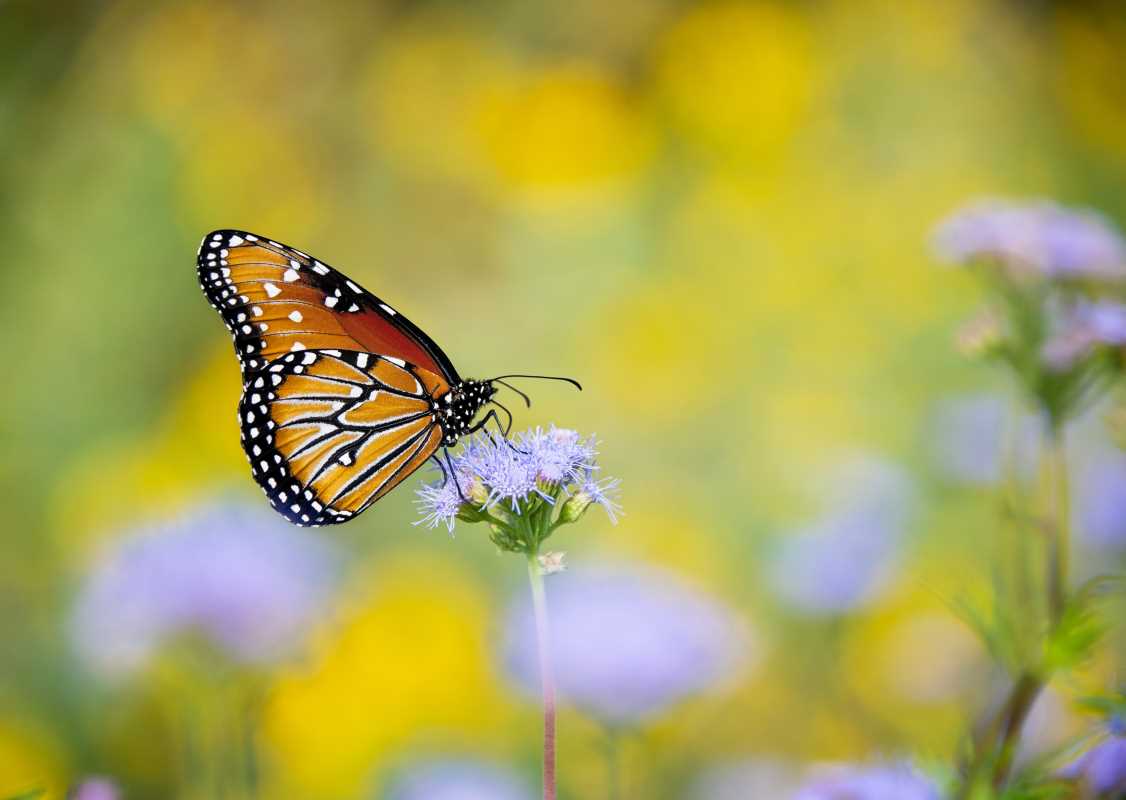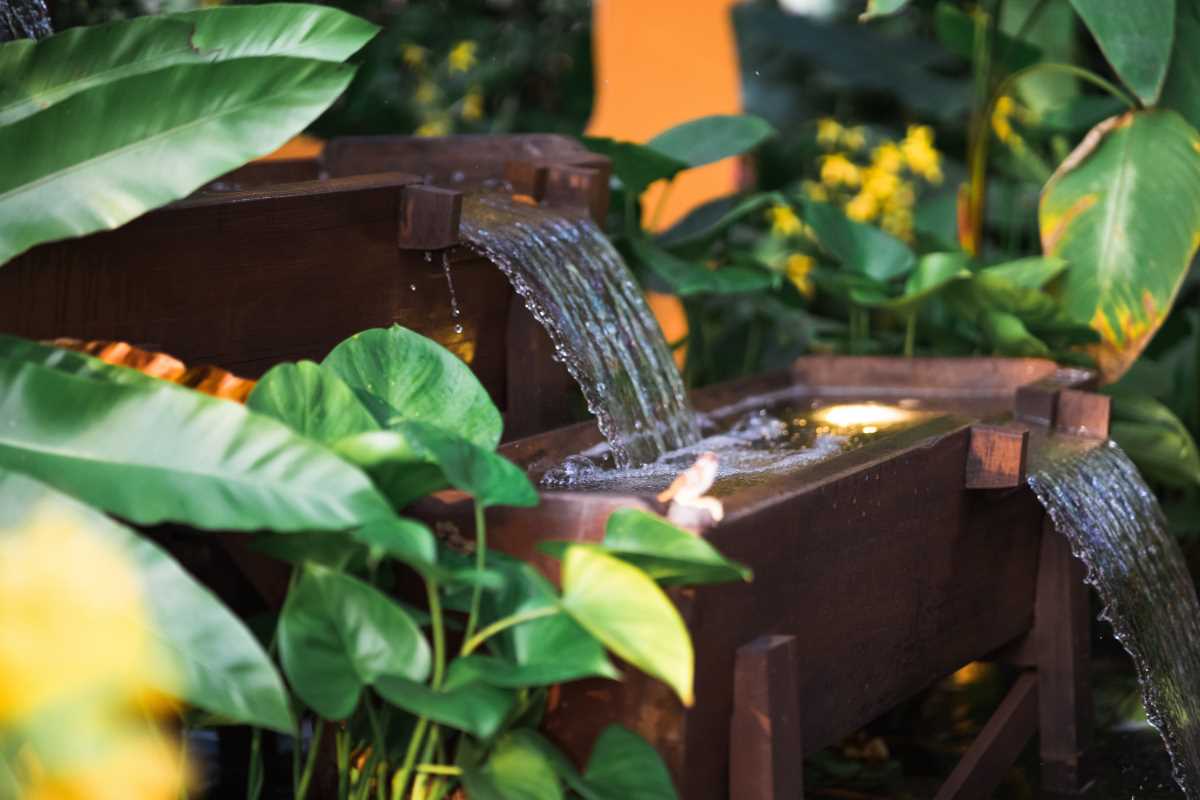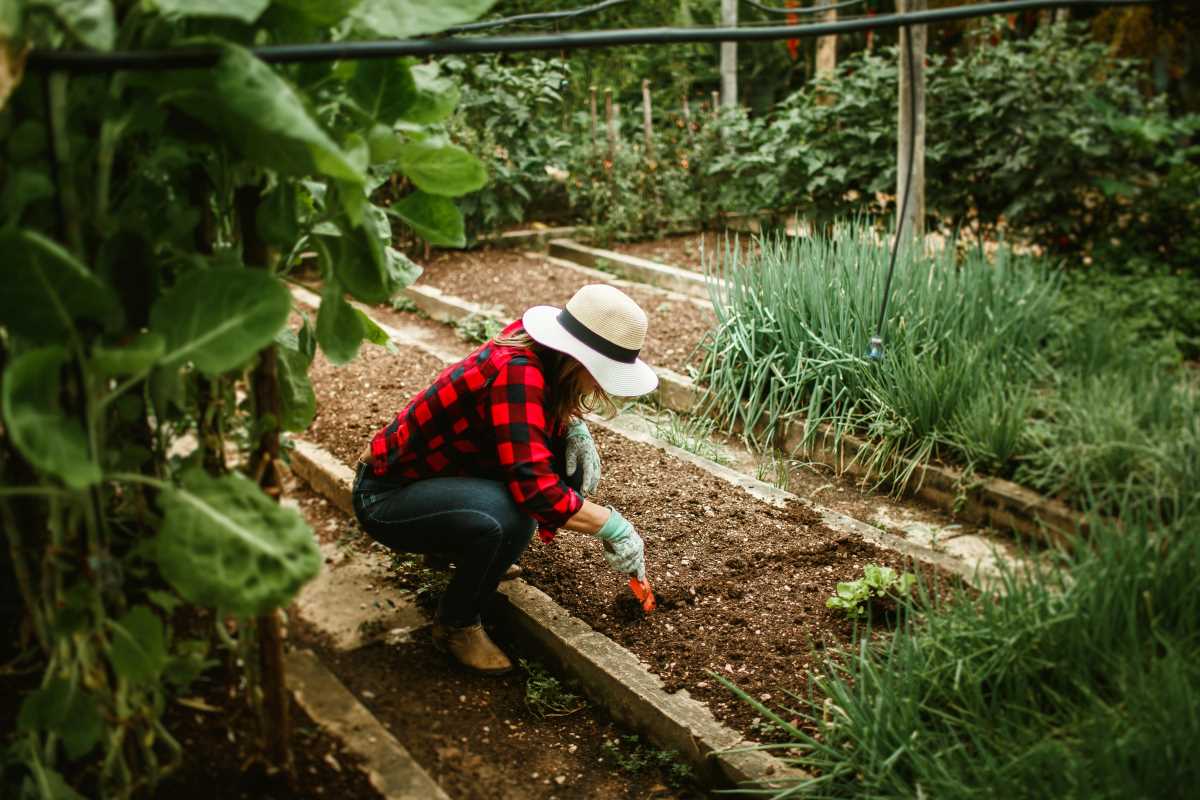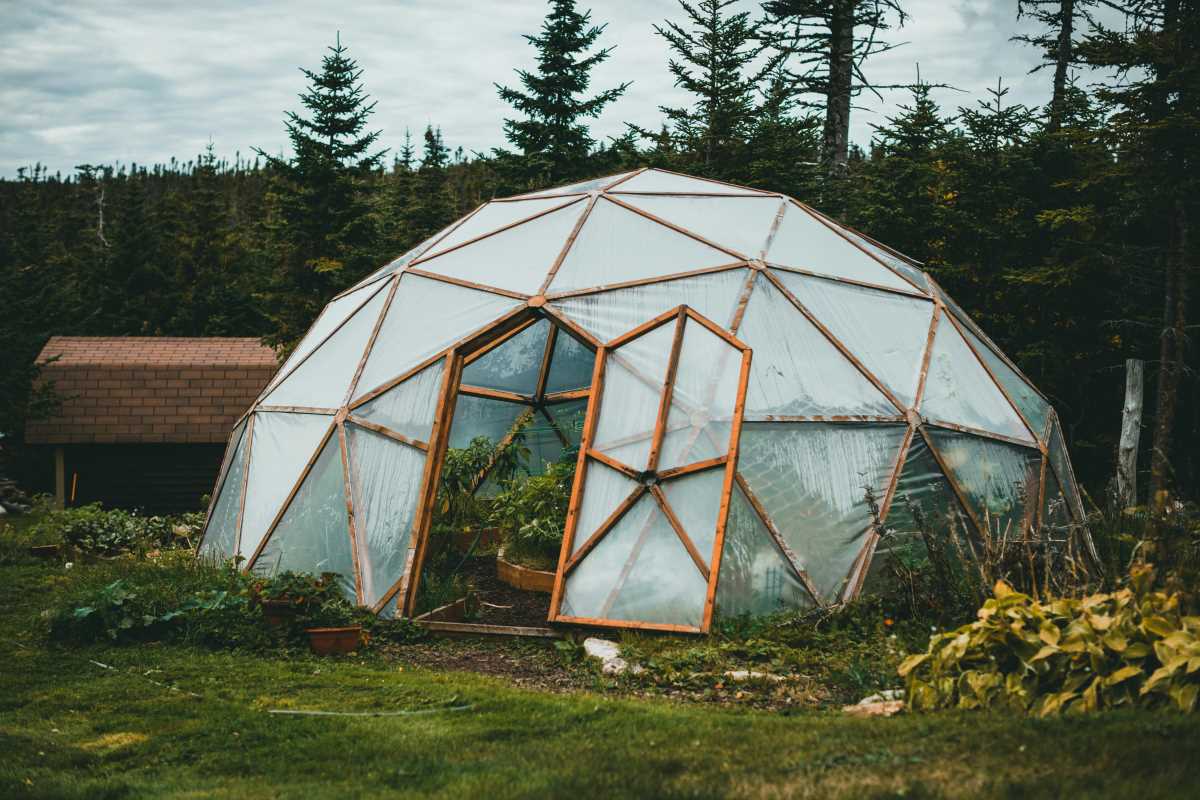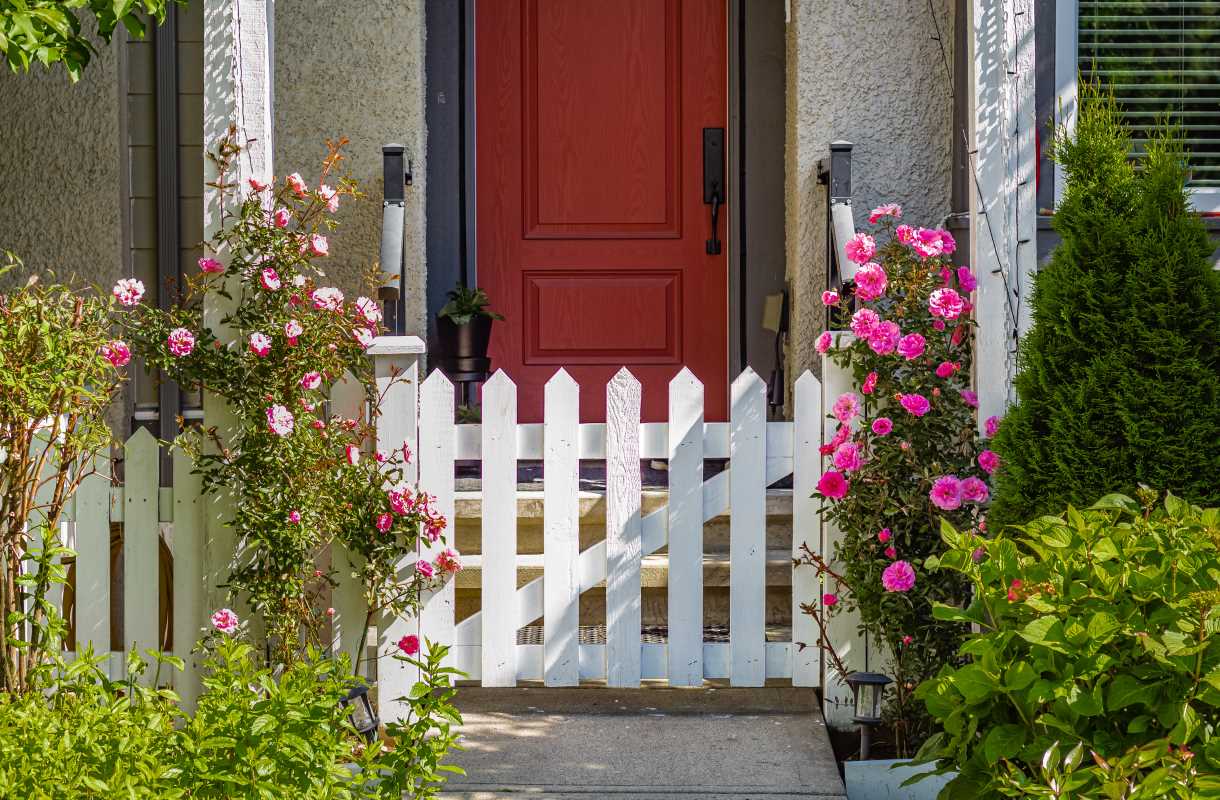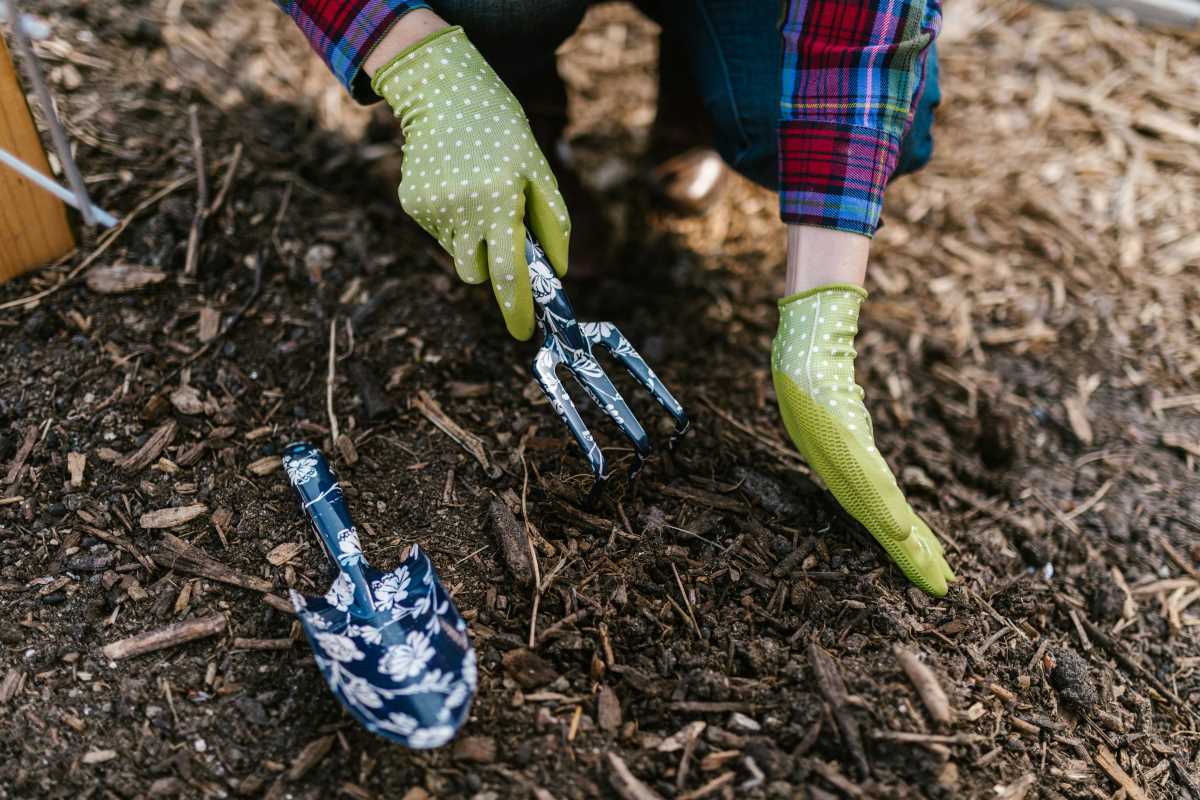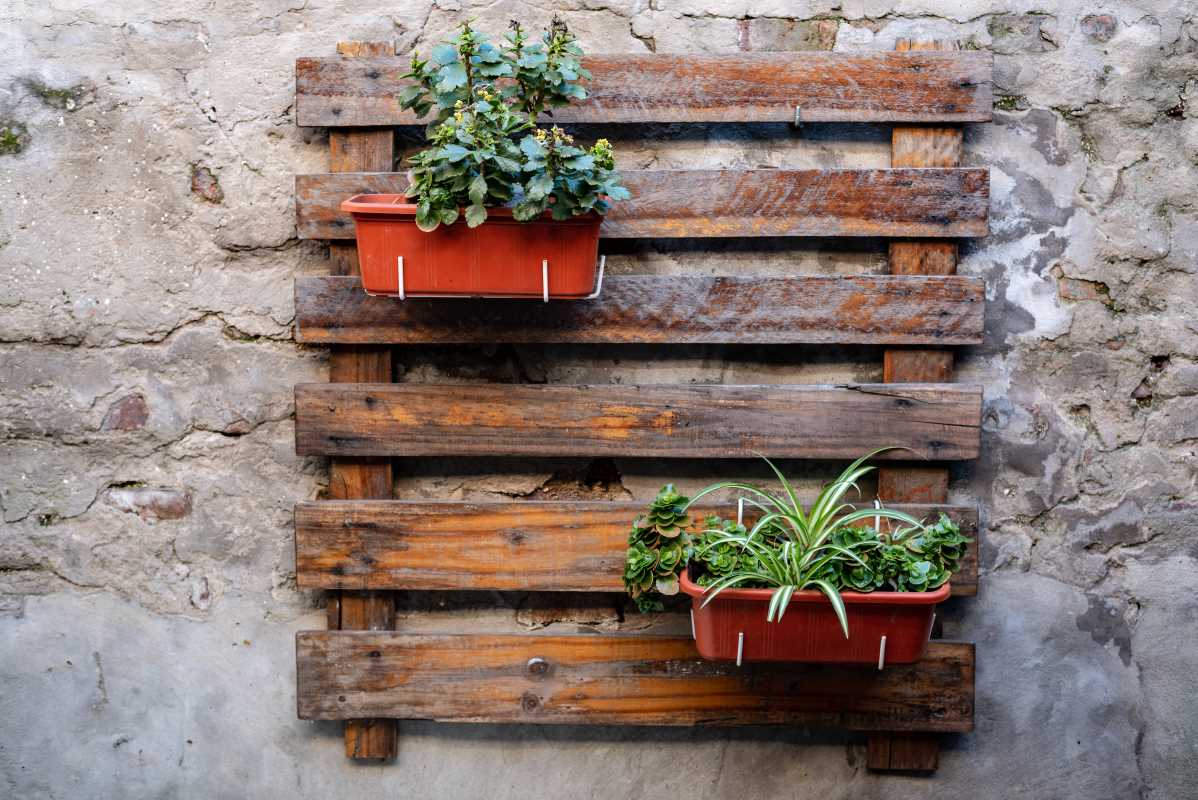Shade-loving plants bring beauty and life to gardens that receive little direct sunlight. A garden on the north side often stays cool and shaded, creating a unique setting that can support lush greenery and delicate blooms. By choosing plants that thrive in these conditions, you can turn your outdoor space into a peaceful oasis filled with color and texture. This guide introduces helpful advice and simple tips to help you choose and care for plants that enjoy the shade, making it easy to create a vibrant garden, even without expert gardening experience.
You might notice that your garden doesn’t receive as much sunlight as others. This means that the choice of plants becomes especially important. Selecting appropriate plants can help you create a beautiful haven that feels cozy and welcoming, even on gloomy days.
The Unique Challenges of North-Facing Gardens
North-facing gardens have their own set of characteristics and hurdles. These gardens typically receive softer, indirect light throughout the day. The reduced sunlight means that water may evaporate more slowly and the soil might remain cooler. This can lead to unusual moisture levels and temperature differences compared to other parts of your yard.
Knowing that north-facing spots may struggle with cold winds and damp conditions helps you select plants that can cope with less sunlight and cooler weather. The main points include:
- Lower light intensity
- Cooler soil temperatures
- Increased moisture retention
- Potential wind exposure
Benefits of Shade-Loving Plants
Shade-loving plants thrive where most sun-warm plants would struggle. They naturally adapt to lower light conditions, allowing you to enjoy vibrant greenery in all corners of your garden. These plants often have different textures and leaf colors, adding unique charm to your outdoor space.
Choosing these plants gives you more options to create layered and interesting designs. They often need less water, making them ideal for cool, damp environments. Picking the right plants not only beautifies your space but also reduces the need for extra care and unusual maintenance routines.
Top Shade-Loving Plant Choices
For those new to gardening, starting with plants that can adapt to a cooler, shaded corner is a smart move. Carefully selecting plants can boost your confidence as you watch your garden evolve. When you explore the right plant varieties, your garden becomes a canvas where texture and color come together beautifully.
Some of the best options for beginners include hardy, easy-to-maintain varieties. Check out this list of shade-loving plants to guide your decisions:
- Hosta: Known for its lush leaves, it works well in low-light spots.
- Ferns: Their feathery fronds add delicate texture to your landscape.
- Astilbe: Offers soft, feathery plumes that add a touch of color without needing full sun.
- Heuchera: This plant comes in a variety of leaf hues and loves cool, shady spots.
- Bleeding Heart: With unique, heart-shaped blossoms, it brightens even the dullest area.
How to Evaluate Your Garden’s Conditions
Before buying or planting anything, take some time to evaluate your garden's conditions. Sit in your garden at different times of the day to see how the light changes. Notice areas where the shade is deeper and those that might pick up a bit more sunshine during the morning or late afternoon.
Feel the moisture in the soil and observe its texture. Does it feel damp or dry? Check if any areas are protected from the wind. These observations will help you decide which plants will work best in each part of your garden. Thinking about these aspects now can save you care time later.
Tips for Planting and Care
Planting in cool, shaded areas does not have to be tricky if you follow a few simple practices. Prepare your soil and choose the right time for planting to achieve noticeable results. Small adjustments in your routine can help your plants settle in well and grow in their new home.
Here are some easy tips to keep in mind when you start planting and caring for your garden:
- Test the soil before buying amendments to ensure it holds moisture well.
- Plant during the cooler parts of the day to avoid shock from sudden heat.
- Water consistently, but avoid overwatering since the environment remains cool.
- Use organic mulch to regulate soil temperature and reduce weeds.
- Regularly check for pests, especially in moist and shaded areas.
Where to Find the Best Plants
Choosing the right nursery or garden store—especially those knowledgeable about your local climate—makes starting a shaded or north-facing garden much easier. Expert staff and online resources offer practical tips tailored to your conditions.
With beginner-friendly advice, you can create a relaxing retreat by selecting plants suited to cool, low-light areas. Step-by-step progress leads to a beautiful garden year-round. Enjoy your time in the garden!
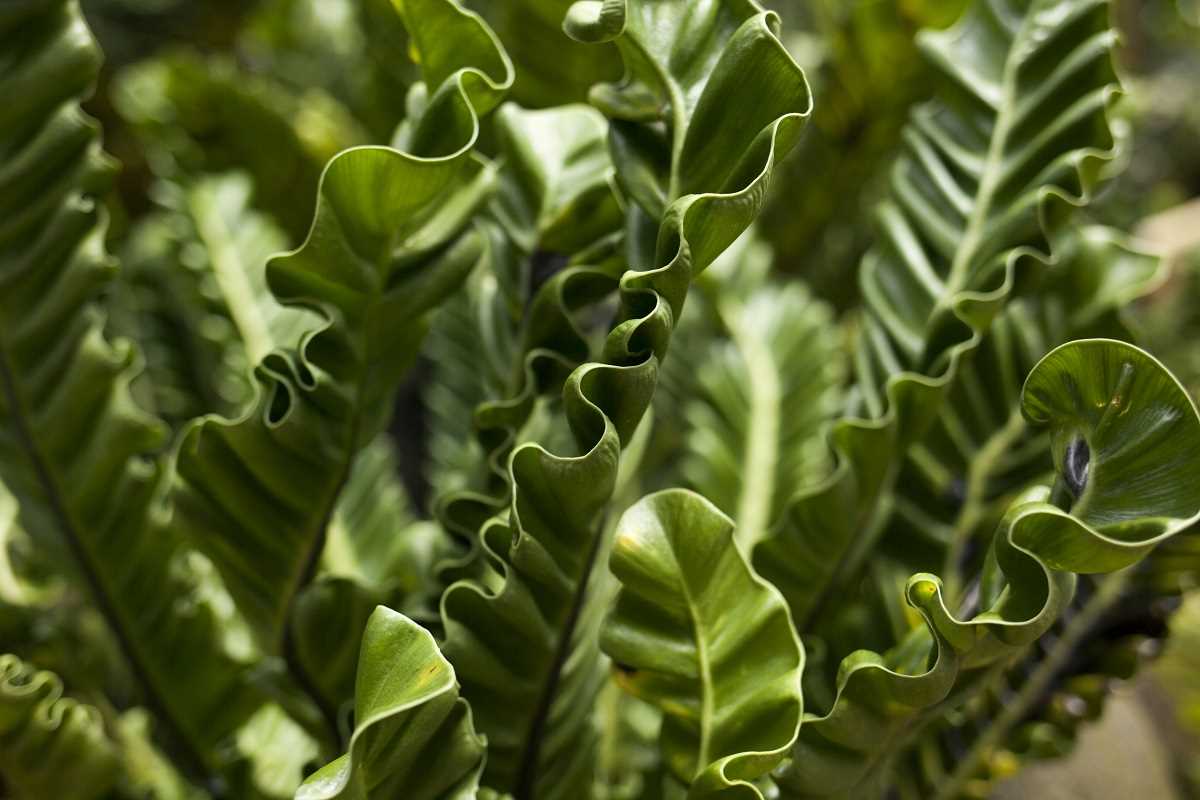 (Image via
(Image via